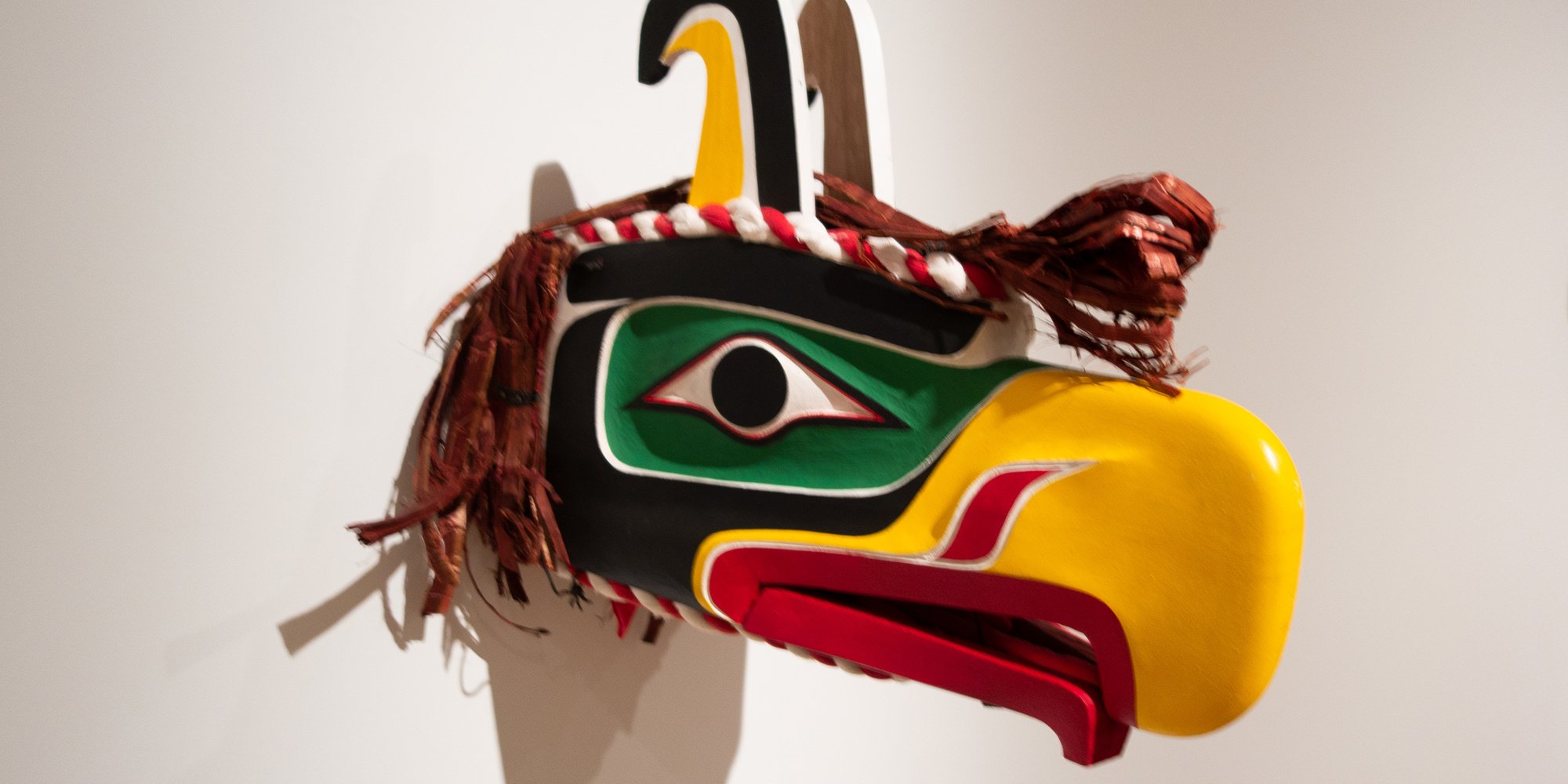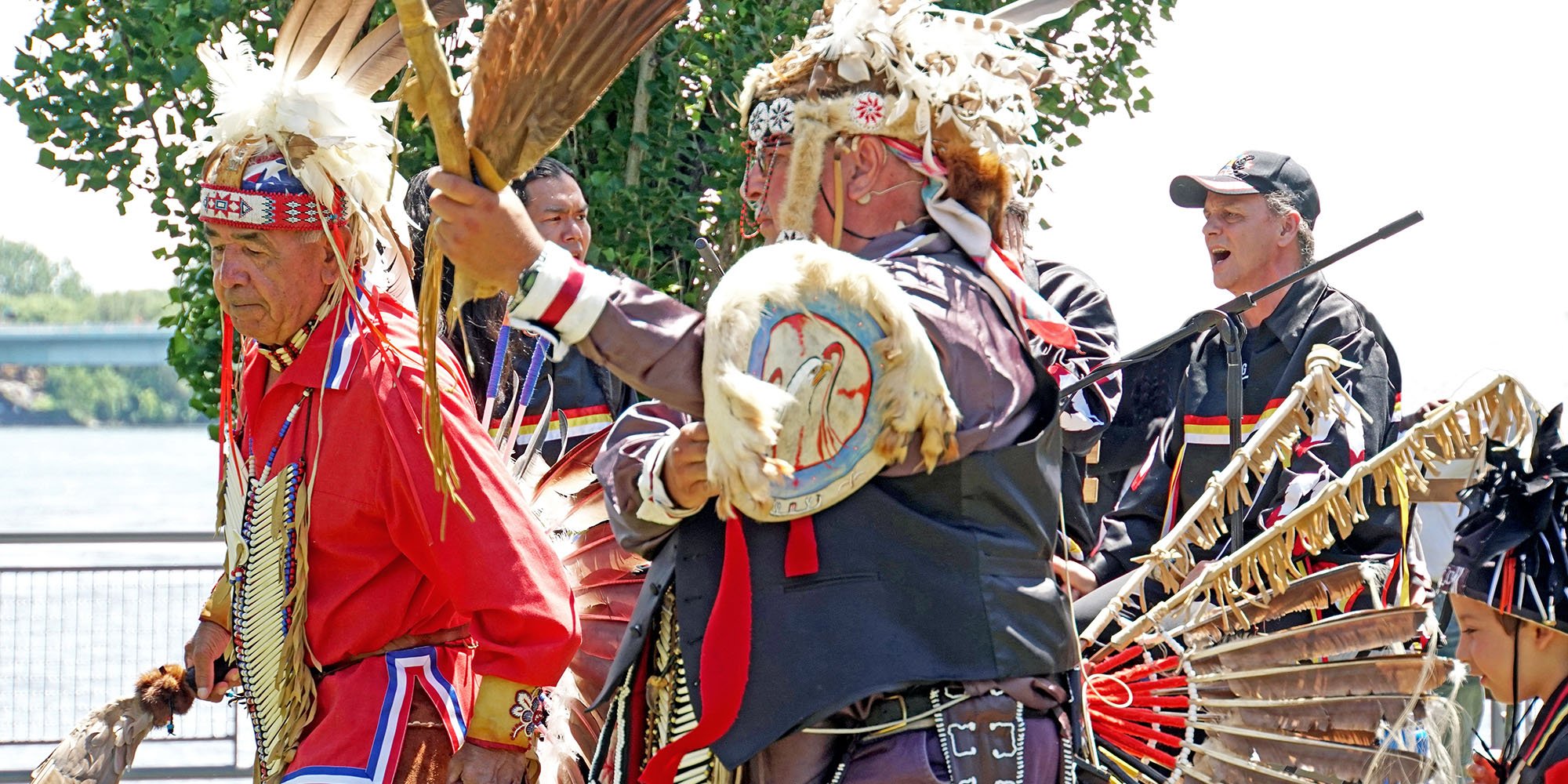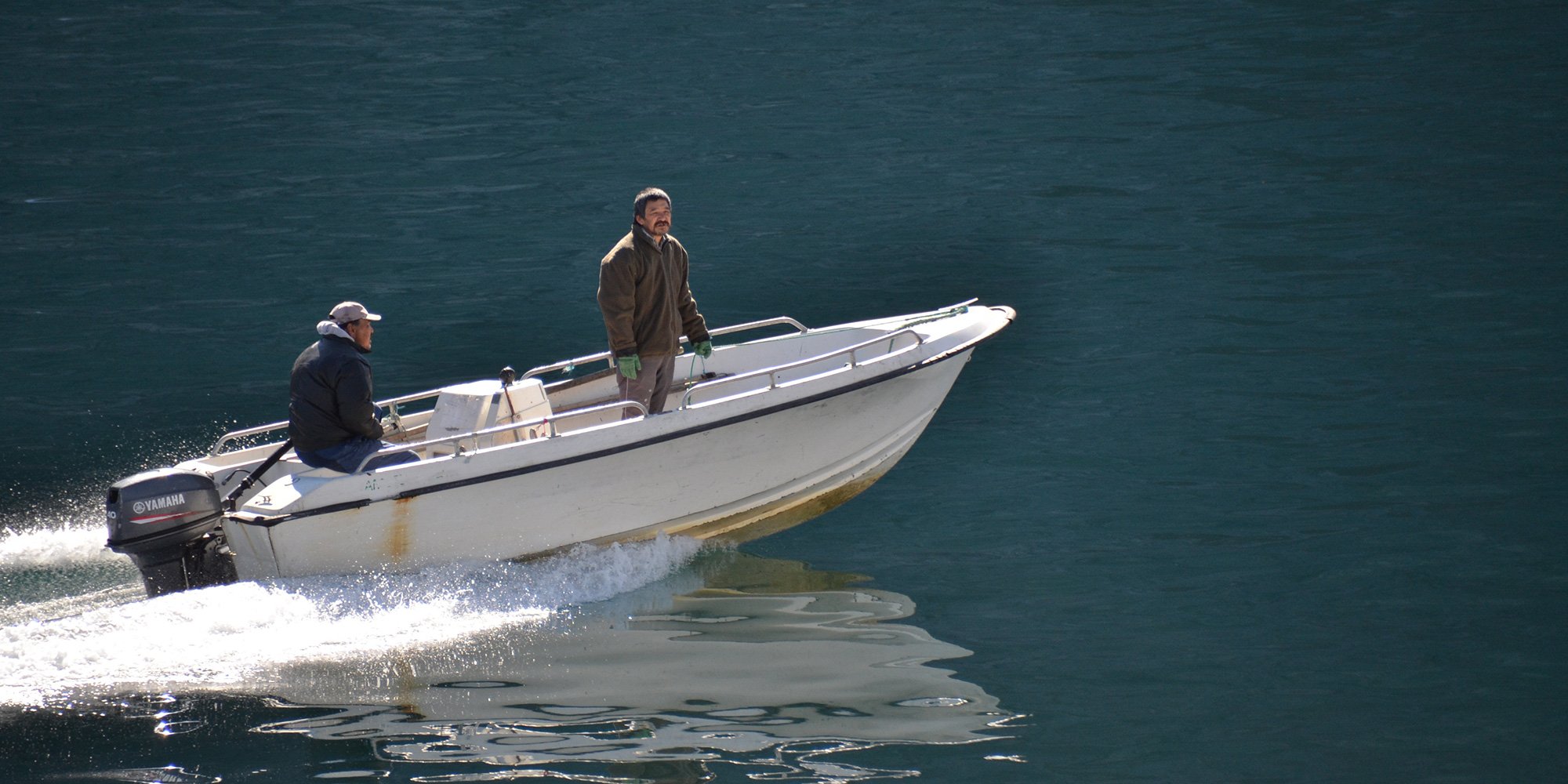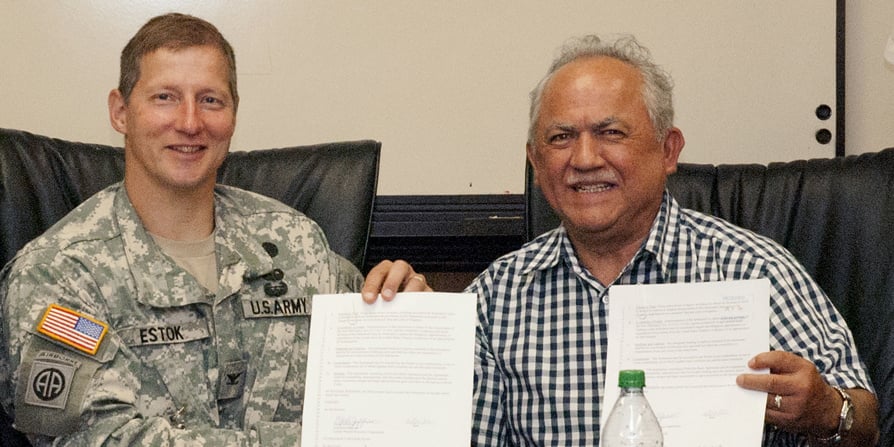National Aboriginal Day or National Indigenous Day
The implications of choosing Indigenous are significant. In October 2015, Prime Minister-designate Justin Trudeau used the term Indigenous in his ...

A question comes up from time to time about the use of Aboriginal images and symbols in organizational logo design and/or presentations. There are many examples of images and symbols that extend beyond the more familiar depictions of bears, eagles, thunderbirds, dream catchers, inukshuks, and Métis sashes, to name but a few.
The question of where and when to use Aboriginal images and Aboriginal symbols is a complicated one with many factors to consider including ownership, communication and the complexity of community relationships.
To illustrate the concept of ownership, I recently sat in on a presentation where a member of a First Nation provided an excellent presentation on a whole range of issues including information on crests (images) from his community. A key message for me was that the crests in his community, and many others around the country, were the property of the Aboriginal Peoples who owned them. Essentially, the property holders may defend their ownership as aggressively as a corporation fights over the infringement of trademarks. If considering the use of such Aboriginal images and symbols, it is suggested that permission to use is sought and received prior to doing so.
To illustrate the concept of communication and the complexity of community relationships, the use of an image can actually send a message that was not intended. An example would be the use of a totem pole in a presentation delivered to Aboriginal Peoples who did not have totem poles, such as the Cree Peoples. The inclusion of the iconic West Coast totem pole could give the impression that you don’t have much experience in working with non-coastal Aboriginal Peoples and that you are making an assumption about uniformity and commonality in Aboriginal images and symbols. Further, and perhaps more extreme, such an inclusion could trigger a negative reaction leading to the breakdown of the working relationship that you were developing.
The use of images and symbols can be helpful, but be sure to get approval to use the image or symbol, and do your homework about the Aboriginal Peoples with whom you are working.
Featured photo: Thunderbird mask, Audain Museum, Whistler, British Columbia. Photo: Thomas Quine, Flickr.

The implications of choosing Indigenous are significant. In October 2015, Prime Minister-designate Justin Trudeau used the term Indigenous in his ...

If retention of Indigenous workers is a goal for your company, then cultural leave should be addressed in your company policy. A culturally...

As June 5 is Canadian Forces Day we thought it would be timely to provide some history of Aboriginal enlistment in the Canadian Forces (CF) and why...